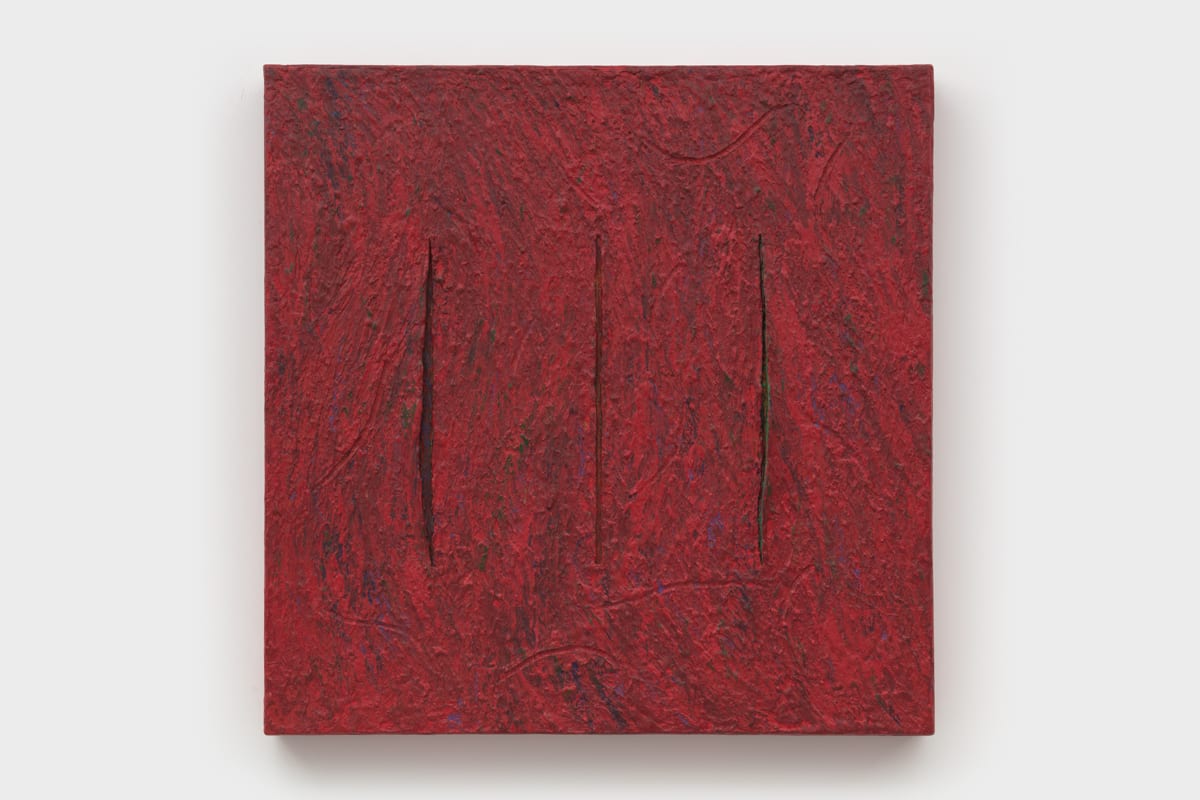
Kay WalkingStick
Single Line Emblem Hidden, 1981
Acrylic and wax over ink on canvas
91.4 x 91.4 cm
36 x 36 in
36 x 36 in
